Ladies, at some point in our lives, we will all be confronted with straggly strands of hair suddenly sprouting in unfathomable places, making it hard to live with! We’re likely to have the same casual dismissive approach towards this hair spotting – carefully plucking it out and happily forgetting. That is, until we spot it again and now it’s in the company of new friends in nearby locations such as under the chin, upper lip, and the upper neck. Yes, the facial hair now lives rent free and for everyone to see!
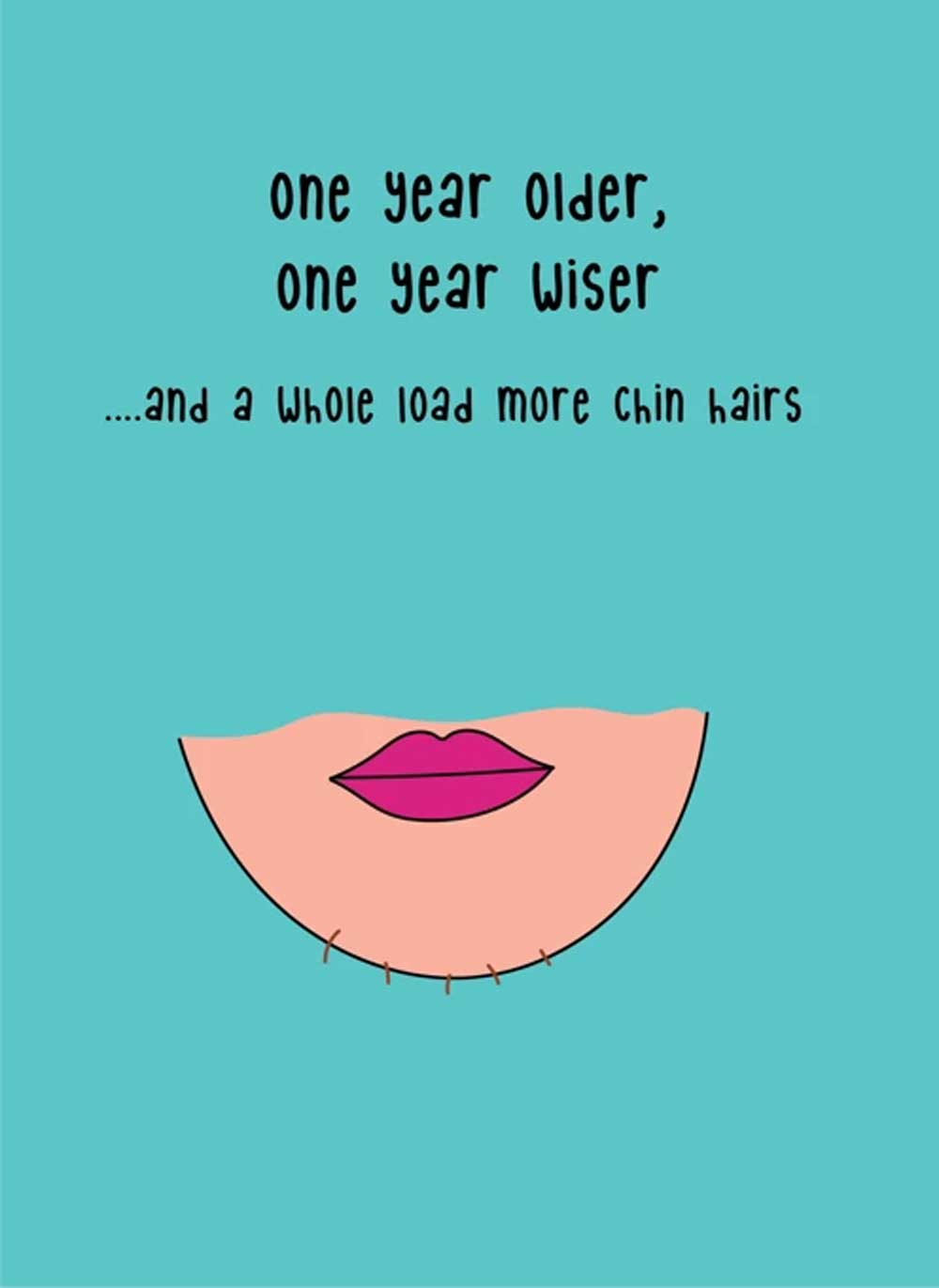
Don’t panic. This happens to all women at some stage. It happened to me when I hit my terrific 30s. As if I needed another subtle reminder, courtesy chin hair that I was a victim of the passage of time! At first, it didn’t matter but the rapid growth at which it started sprouting eventually bothered me. I wanted to know why, and so reached out to my mother, she explained it’s got to do with hormones. Of course, since hormones is in question, the best person to check with is the expert.
Integrative and Aesthetic Dermatologist, Dr. Sonali Kohli helps us understand in detail the underlying cause and be mindful of the red flags that warrant medical intervention.
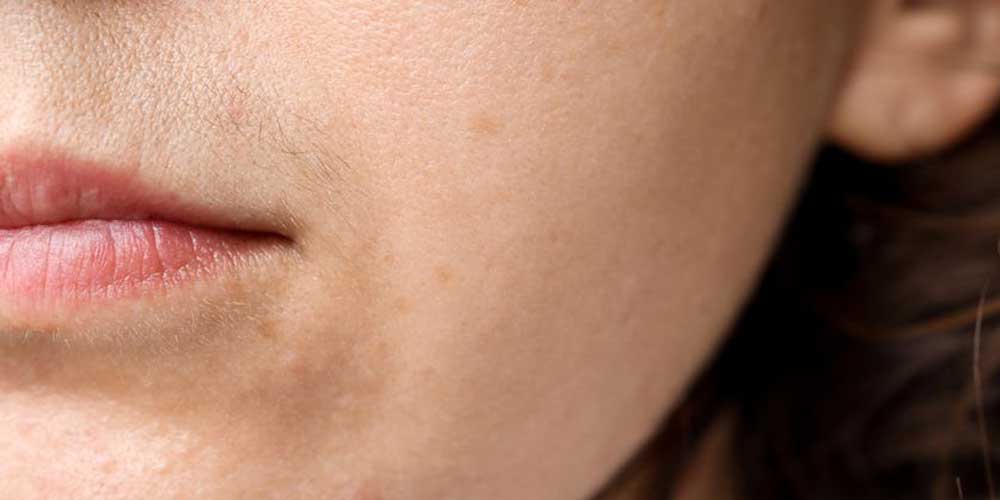
Hirsutism Explained
This is a condition characterised by excessive hair growth in women following a male-like pattern, affecting approximately 5-10 per cent of women worldwide. Hirsutism, while challenging, is a manageable condition with proper medical attention and consistent treatment. The key lies in early recognition, proper diagnosis, and a comprehensive treatment approach tailored to individual needs.
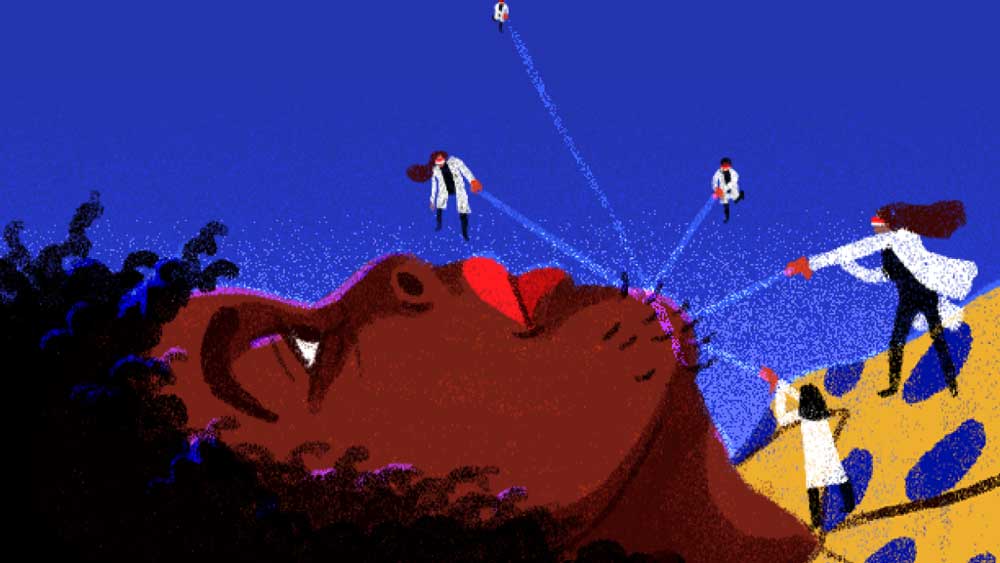
The Hormonal Connection
Understanding Androgens - The primary drivers of hirsutism are androgens, particularly testosterone and its derivatives. While women naturally produce small amounts of androgens, elevated levels can trigger excessive hair growth in areas typically associated with male hair patterns:
- Face (especially chin and upper lip)
- Chest
- Lower abdomen
- Inner thighs
- Back
Common Hormonal Causes
Polycystic Ovary Syndrome (PCOS): It is a disorder that alters the function of your ovaries. It is one of the most common causes, affecting up to 70 per cent of hirsutism cases, often accompanied by insulin resistance. In addition to excessive hair growth, which naturally includes chin hair, symptoms include irregular periods, weight gain, adult acne, and issues with fertility. Despite, the fact that PCOS has no known ‘cure,’ there are treatments that can help manage the condition. This includes altering one’s lifestyle by managing stress, eating a balanced diet, and getting enough sleep.
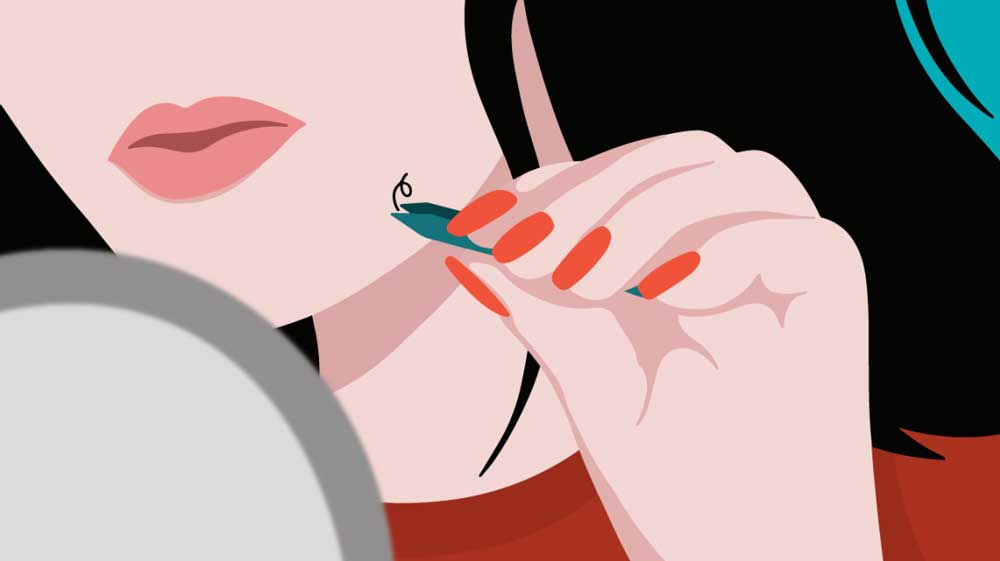
Congenital Adrenal Hyperplasia: It is an inherited condition affecting adrenal gland function which can cause excess androgen production from birth or later in life.
Cushing's Syndrome: Elevated cortisol levels are the cause of Cushing's Syndrome. In addition to causing of facial hair development, it can also result in weight gain, stretch marks, easily bruised skin, and weakness of the muscles or bones. Chin hair can develop as a side effect of some medications or, less frequently, because of a cancer growing inside a gland. It can also indirectly lead to increased androgen levels.
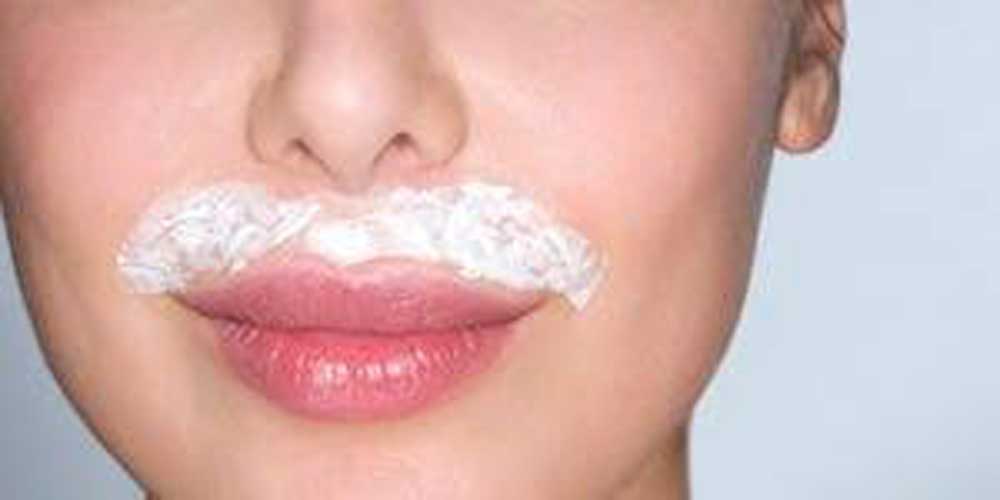
Red Flags That Warrant Medical Attention
Rapid Onset
• Sudden increase in hair growth over weeks or months
• Changes in voice depth or muscle mass
• Rapid weight gain or loss
Associated Symptoms
• Irregular menstrual cycles
• Acne
• Male-pattern baldness
• Deepening voice
• Clitoral enlargement
Age-Related Concerns
• Onset during puberty may indicate underlying hormonal disorders
• Sudden development after menopause requires immediate evaluation
Treatment
Medication-Based Approaches
• Oral contraceptives to suppress androgen production
• Anti-androgen medications (spironolactone, finasteride)
• Metformin for PCOS-related cases
• Topical eflornithine for facial hair
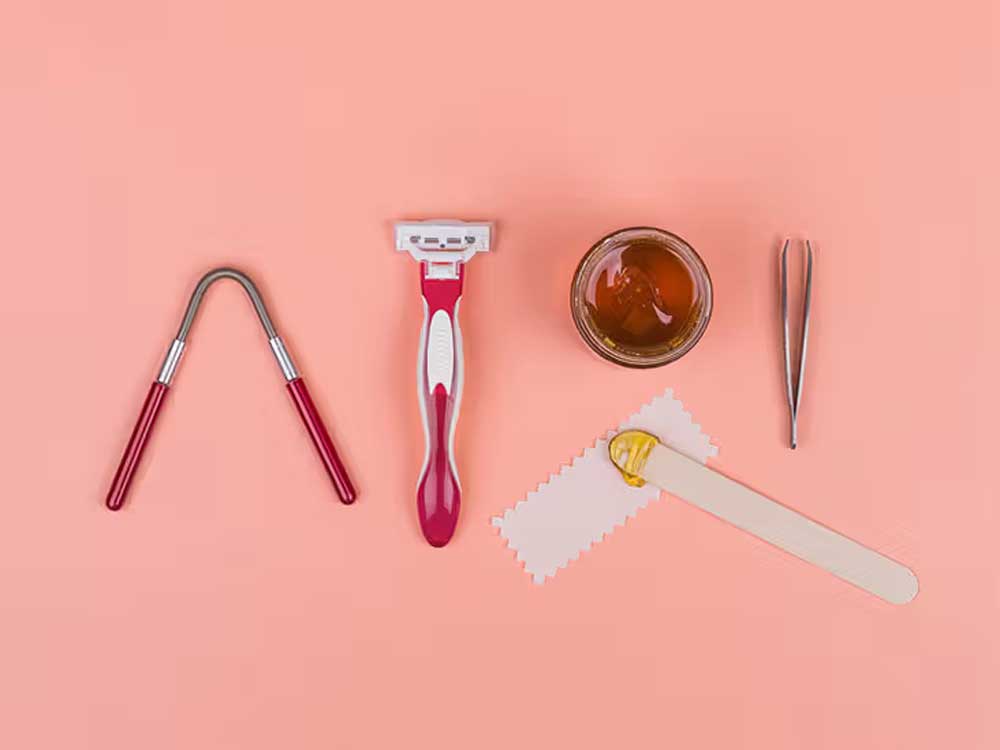
Hair Removal Methods
Temporary solutions include shaving, waxing, depilatory creams
Long-term options are laser hair removal, electrolysis, and intense pulsed light (IPL) therapy
Lifestyle Modifications
• Weight management for overweight individuals
• Regular exercise
• Balanced diet
• Stress reduction techniques
Natural Approaches
Dietary Considerations
• Reducing refined carbohydrates
• Increasing fibre intake
• Adding anti-inflammatory foods
• Maintaining adequate protein intake
Supplements
• Spearmint tea
• Saw palmetto
• Inositol for PCOS cases
• Omega-3 fatty acids

Long-term Management
• Regular medical check-ups
• Hormone level monitoring
• Tracking symptom changes
• Adjusting treatment plans as needed
Different treatments have varying timelines for effectiveness:
Medications: 3-6 months for noticeable changes
Laser therapy: Multiple sessions over 6-12 months
Lifestyle changes: Gradual improvement over several months
Hormonal treatments: Up to 2 years for maximum benefit